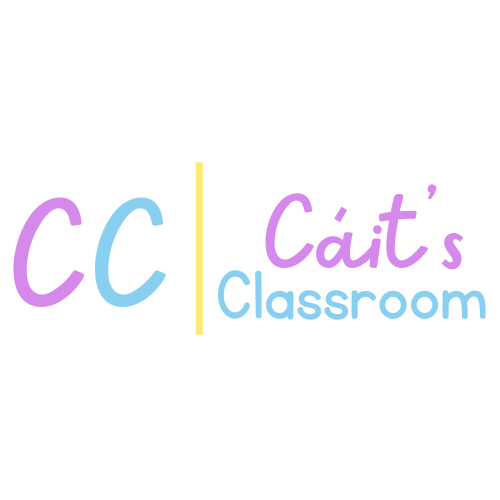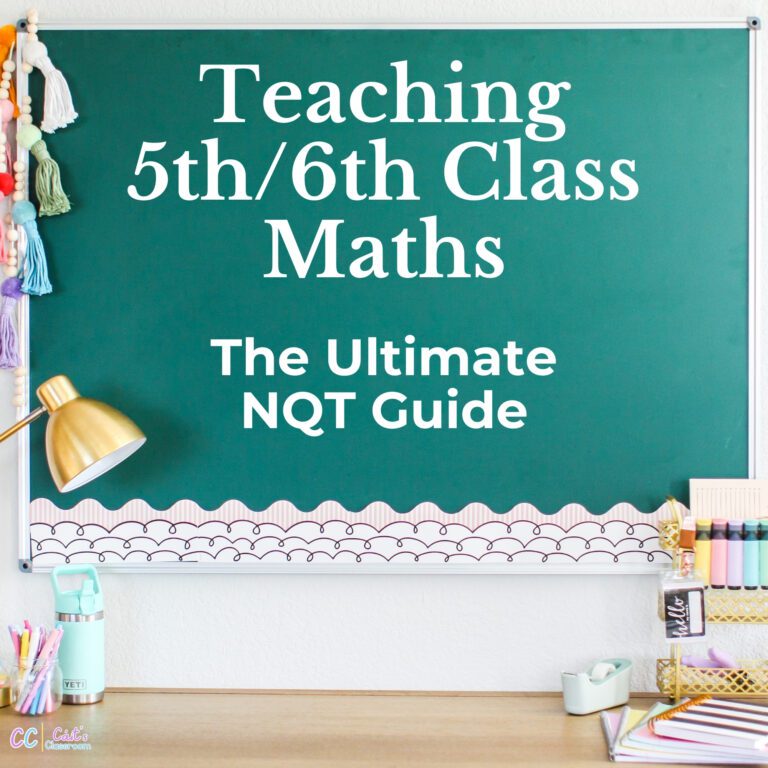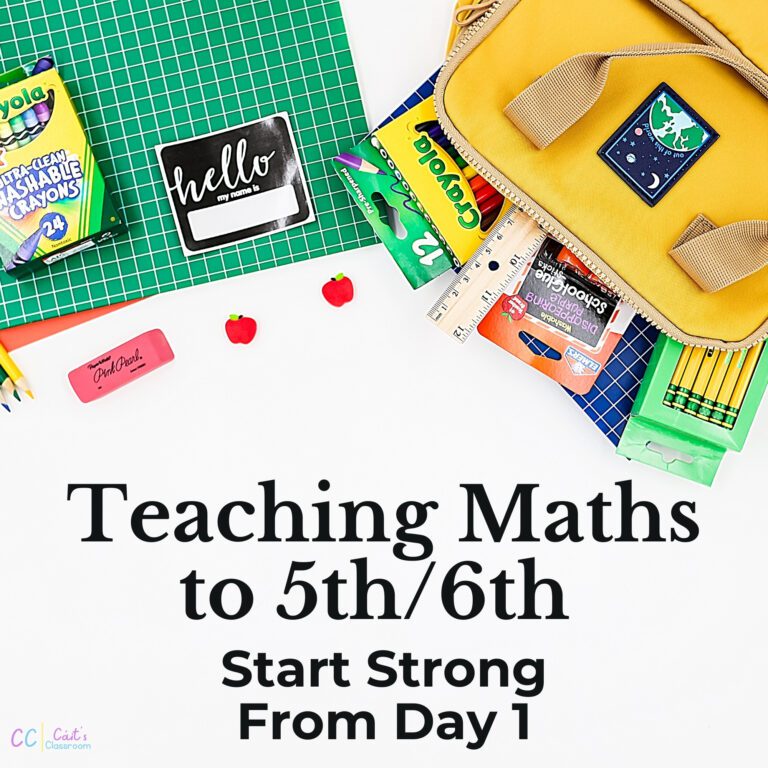If you’ve been following me on social media, you’ve probably noticed that I am deep in my interactive learning era. From Google Sheets to PowerPoint, I’ve been exploring it all this summer! Many of you have expressed a desire for more interactive activities from Cáit’s Classroom, so I’ve been learning how to create them just for you, and now I’m hooked! Here’s what I’ve realised though, interactive learning isn’t just fun for me; it’s an incredible way to make maths more engaging, personalised, and relevant for our students. Let me share why I’m so excited about this shift to digital and how it can benefit us all.
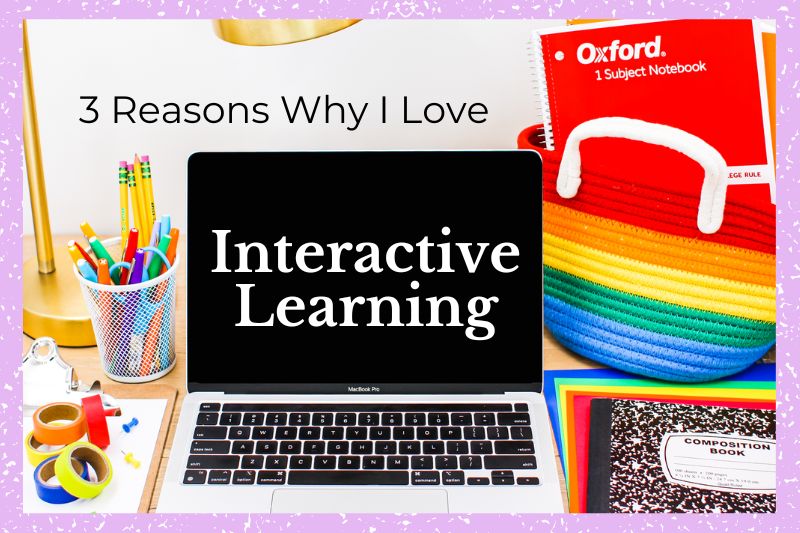
Revamping Old Concepts With Interactive Learning
I’ve been busy creating a range of interactive revision activities for September, all centered around place value for 3rd – 6th class. While place value is a topic we revisit year after year, I’ve found that interactive learning can add a refreshing twist to how we teach and revise it, especially for the older classes. For students in 6th class for example, who are already familiar with composing and decomposing large numbers, maintaining their interest in place value activities can sometimes be a challenge. This is where interactive learning through digital games and activities comes into play.
Digital activities, like interactive maths mazes, online scavenger hunts, and self-checking Google Sheets, not only make revision fresh and exciting but also help extend students’ learning into related, slightly more advanced topics. For instance, interactive games can introduce students to concepts like decimal place value or place value to the millions place in an enjoyable and engaging way.
The dynamic nature of these interactive learning activities ensures that students stay engaged and motivated, while the progression to more complex topics builds on their existing knowledge and skills. By extending familiar content into interactive challenges, we keep students’ curiosity piqued and encourage them to deepen their understanding and tackle more advanced concepts with confidence and enthusiasm.
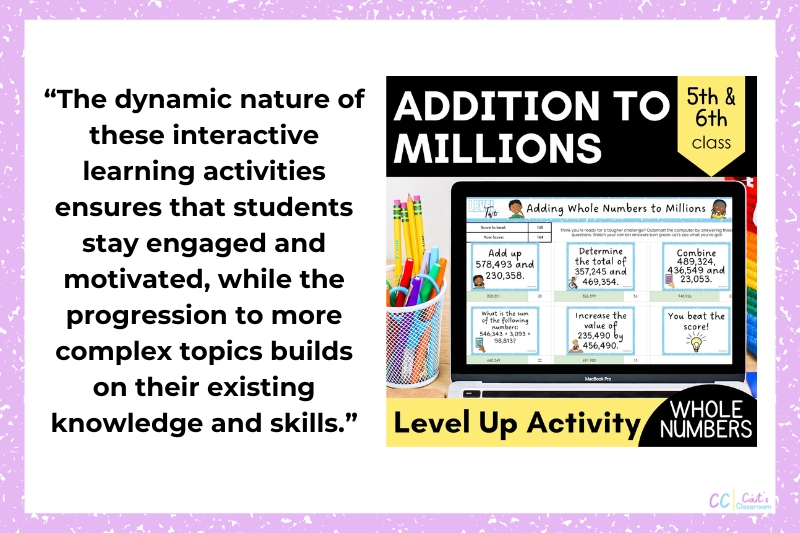
Interactive Learning and Differentiation
Interactive learning is also a powerful tool for differentiation, offering the flexibility to address each student’s unique abilities and interests in ways traditional methods often cannot. One of the standout features of interactive games and activities is their natural adaptability, which allows for a broad range of differentiation strategies. This means that students can engage with content tailored to their specific learning needs or interests, rather than being confined to a one-size-fits-all approach.
For example, interactive games can be designed or chosen to align with the same maths topic but offer varying levels of difficulty. This ensures that all students are appropriately challenged, regardless of their starting point. By presenting material in multiple formats or levels of complexity, these activities cater to diverse learning styles and proficiency levels.
A great illustration of this is my “Choose 2″ digital activity series for Google Sheets. This series empowers students to select two out of three questions per round, engaging with material that is both challenging and achievable. Students might opt for simpler questions to build confidence or dive into more complex problems to push their boundaries. This choice not only makes learning more engaging but also helps students take ownership of their learning journey.
Ultimately, the ability to choose promotes differentiation by allowing students to tailor their learning experience to their own strengths and areas for growth. When students have the autonomy to select tasks that align with their current skill level, they can work at a pace that suits them and focus on areas where they need more practise. This personalised approach fosters a deeper understanding of the topic and supports continuous progression. Additionally, offering a range of options helps to keep students motivated and invested in their learning, as they are more likely to engage with activities that resonate with their individual needs and interests.
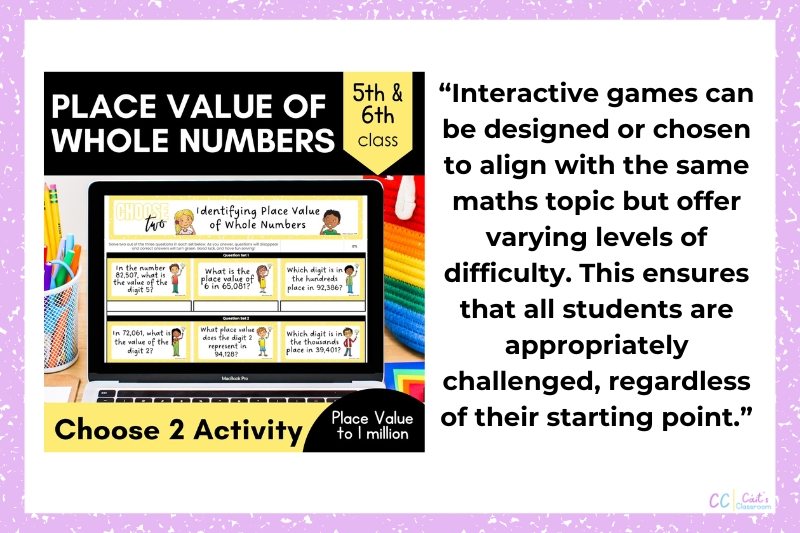
Teaching Tech Skills Through Interactive Learning
Incorporating interactive learning into our classrooms not only enhances students’ grasp of maths concepts but also equips them with essential technology skills. Using tools like Google Sheets and Microsoft PowerPoint in the classroom offers more than just a way to present information; it provides students with practical experience in navigating widely-used digital platforms. Mastery of these tools prepares students for future academic challenges, particularly in secondary school where proficient use of digital technology becomes increasingly important.
For instance, Google Sheets can teach students about data organisation and representation—skills that will be valuable for secondary school assignments and beyond. An understanding of PowerPoint, on the other hand, helps students develop transferable skills that can be used for class projects, presentations, and even future job interviews. The ability to efficiently use programs like Google Sheets and PowerPoint not only supports students’ current academic pursuits but also prepares them for higher education and career environments where digital competency is a key asset.
In the future, these tech skills will translate into effective communication and collaboration in the workplace. Many jobs require the ability to work with spreadsheets for data analysis, craft professional presentations, and manage digital projects. By integrating these tools into their learning now, students gain a competitive edge, developing the skills that will be valuable in their future careers. In this way, interactive learning with technology not only makes maths more engaging but also ensures students are well-prepared for the digital demands of their future academic and professional endeavors.
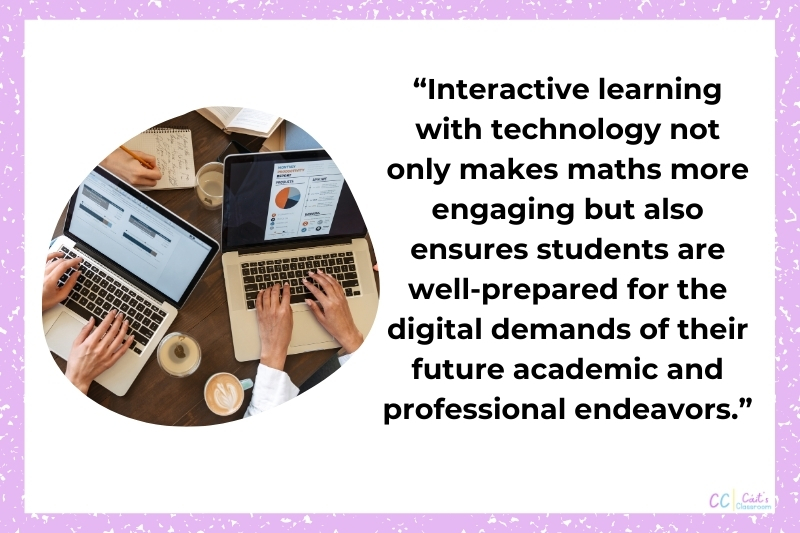
By embracing tools like Google Sheets and PowerPoint for interactive learning, we’re not only making revision fun and fresh but also equipping students with essential tech skills for the future. Interactive games breathe new life into familiar topics, keeping students curious and motivated as they explore more advanced concepts. Plus, the flexibility of these activities lets us tailor learning to each student’s needs, making sure everyone is appropriately challenged and engaged. It’s amazing to see how this approach not only makes maths enjoyable but also prepares students for success in both school and their future careers. I’m excited to keep exploring this path and can’t wait for you to see the difference it can make in your own classroom!
